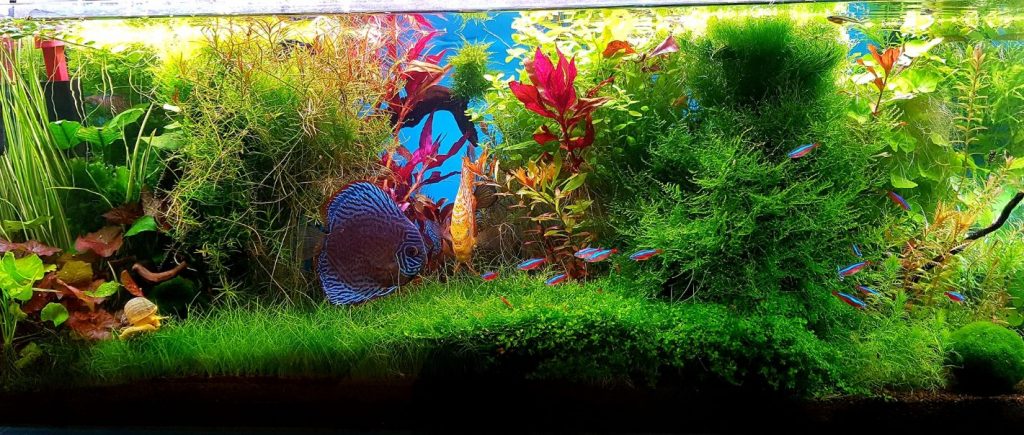
One of the biggest myths in the hobby is that flow and turn-over rate is important. If I have two Sunsun 304s on a tank with two plastic pot scrubbers in each filter turning over the water 6X per hour, will this be better than one Sunsun 304 filled with forty plastic pot scrubbers and turning over the tank at 2X per hour? Of course not! It is the volume of the filter and the surface area of the filter media which is important, not the turn-over.
The concept that flow is important was tested. It showed doubling the flow rate added some 9% to the filter capacity. All the social media gurus say it should double the capacity. This test can be found at this link:
8.3.1. Canisters in Depth
.
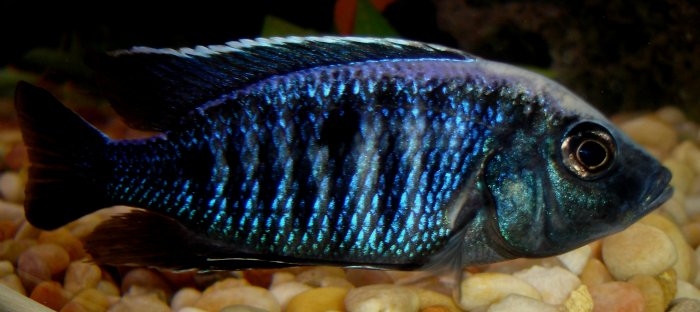
The Europeans do not consider flow through a filter very important and often have very beautiful aquariums with very low flow rates, in the range of one turnover per hour. But filter manufacturers in the USA have come up with the concept that flow is the deciding variable in canister filters. This is because it is cheaper to put a large pump on a small canister than it is to put a small pump on a large canister. The profit motive strikes again!
The gallons of media a canister can fit in is MUCH more important than the flow rate. Yet in the USA it is impossible to find the gallons of media capacity for a canister filter. One has to calculate it by multiplying the width times the height times the length.
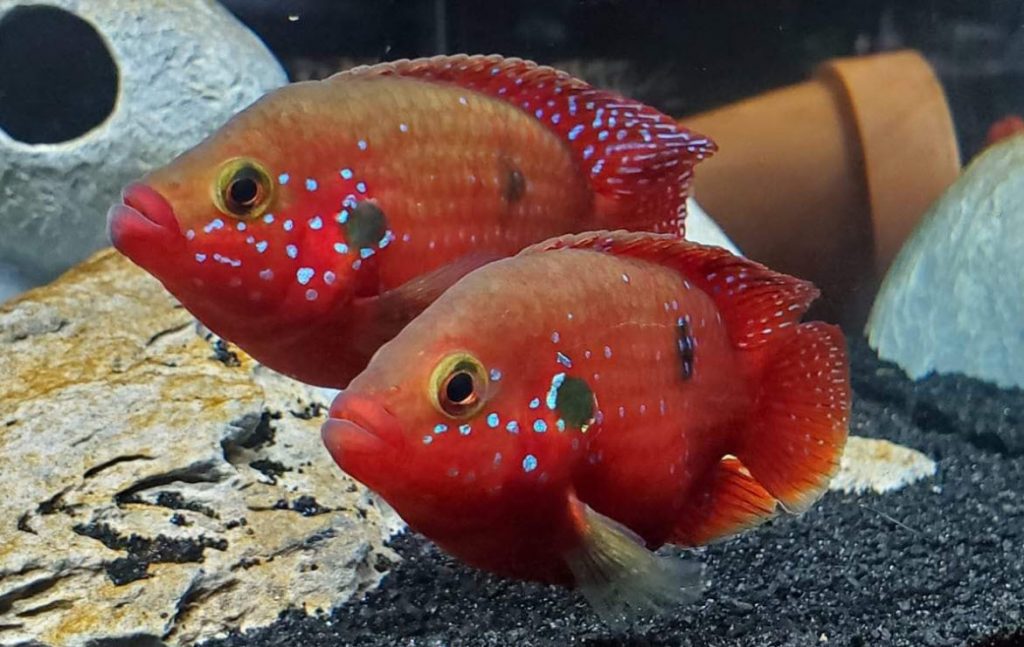
One very misunderstood topic is the flow through the filters and the function of that flow. The flow through the filters does the following important tasks:
- The most important function is to supply the “beneficial bacteria” (autotrophic) on the surface and in the interstices of the biomedia a constant supply of ammonia from the fish.
- The second most important function is to supply a different type of bacteria (heterotrophic) on the surface and in the interstices of the biomedia a constant supply of carbohydrates and proteins from uneaten food to create crystal-clear water.
- It can do some aeration by rippling (“choppy waves” or “breaking the surface tension”) the surface of the aquarium as it exists back into the aquarium from the filter.
It does not do the following task:
- Improve the fish’s health by giving good flow and homogeneity in the aquarium.
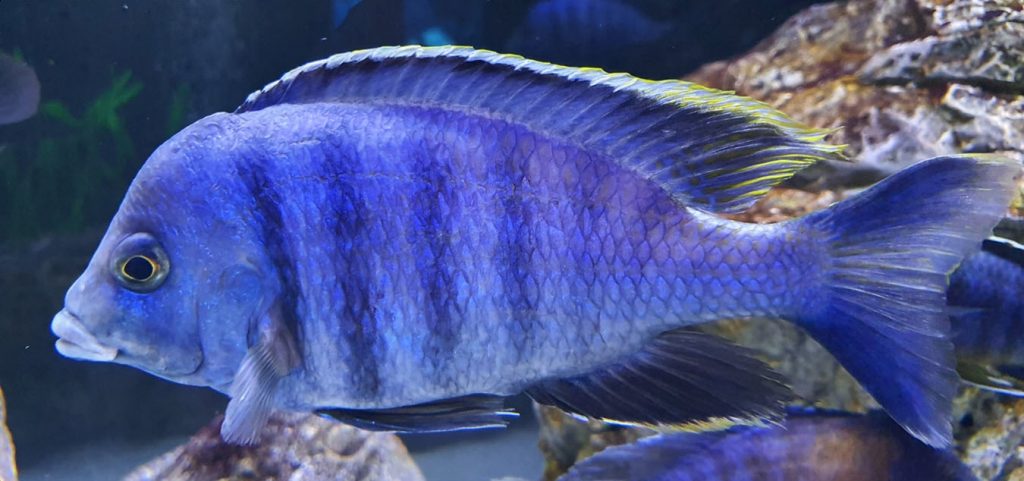
Flow and Molecular Kinetics
There are two types of flow: Low speed laminar flow and high speed turbulent flow. This creates a bimodal effectiveness distribution when it comes to flow. The reason type of flow is important has to do with the kinetics of molecular capture. A molecule of ammonia gas floating in water has to hit the membrane of an autotrophic ammonia oxidizing bacteria in order for the bacteria to adsorb and “eat” the ammonia. So the fast turbulent flow gives an atom of ammonia a lot of chances to hit the membrane. The same holds true for carbohydrate or protein molecules and heterotrophic bacteria.
This is a very simple explanation for a very complex phenomenon. But it is the reason flow rate is so important. Note this is not a direct relationship. If one doubles the turbulent flow the ammonia oxidizing capability might rise 10% to 20%, not 100%. But if one doubles the flow of a laminar flow saturation to where the flow is turbulent, one might well multiply the filtration capability by a factor of ten. This complex bimodal distribution is because the kinetics of molecular absorption by membranes is simply pretty complex.
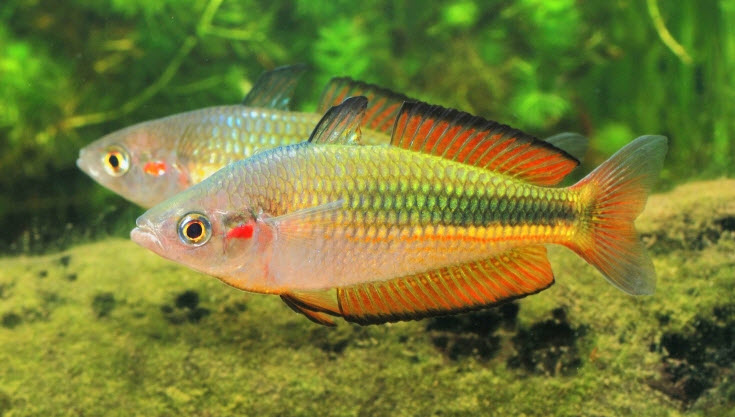
“Turbulent Flow”
Water has to flow at a reasonable rate over the filter media in order for the beneficial bacteria to do their work. But this flow rate is less important than one might assume from all the hype about it. There are two types of fluid flow, “turbulent” and “laminar”. These are what they look like:
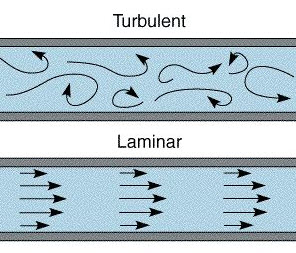
When the flow is turbulent the most number of ammonia or other nutrient molecules get to the beneficial bacteria on the side walls of the tube. This effect is dramatic. The wall of the turbulent flow tube could be doing biofiltration at a rate ten to twenty times that of the laminar flow tube.
There is a velocity number where water flow becomes what is termed “turbulent flow” (it is called “Reynold’s Number”). This is impossible to calculate for something as complex as a filter media. Suffice to say that only very large media with low flow rates will have the laminar flow.
Something like ceramic rings in a canister MIGHT POSSIBLY have laminar flow with a small pump on the filter. But note our tests of media in canisters showed that surface area was apparently the only variable when ceramic rings were put in a canister. We did not see any drop off that could be assigned to laminar flow versus turbulent flow.
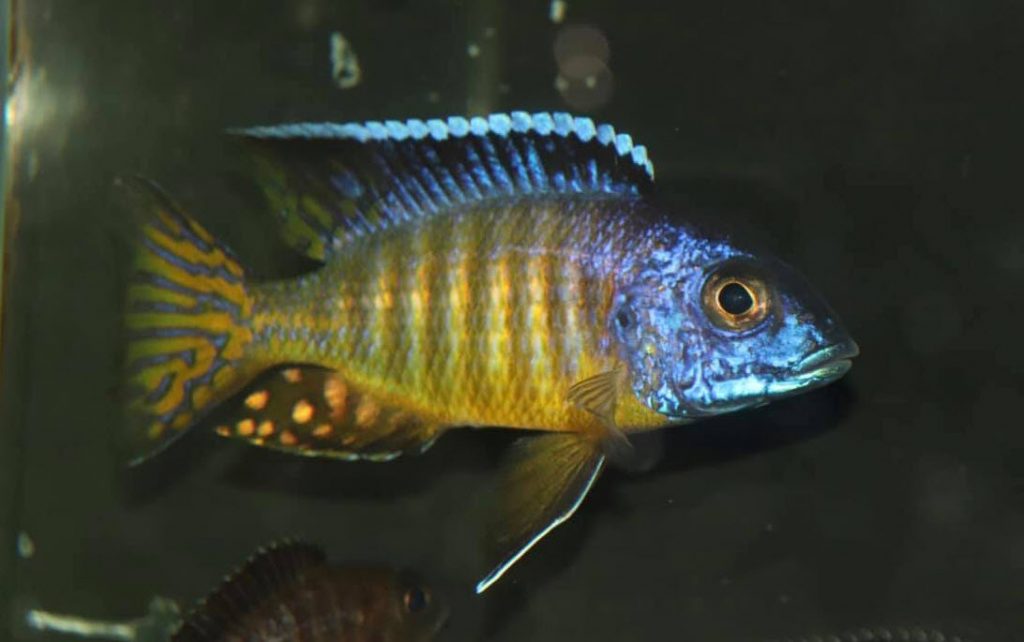
This turbulent/laminar flow characteristic also applies to hard surfaces in the aquarium proper, not just in the filter. The going mantra says all the surfaces in an aquarium do good biofiltration, including the decorations and the substrate. This is wrong. The reason this is wrong is that the flow over these surfaces is relatively slow and thus laminar, not turbulent. And it takes turbulent flow to get good biofiltration. So the substrate, rocks and decorations in an aquarium do not have significant colonies of beneficial bacteria on them unless a wavemaker is aimed at them.
A test was run on one inch of gravel substrate versus other filters. The one inch of gravel oxidized one eighth the ammonia that a small cartridge hang on back filter oxidized. So the idea that a gravel substrate acts as a good biofilter is a myth. Given that the gravel substrate has a huge surface area but only had lamellar flow this is a test which proved the type of flow to be very important.
This test can be reviewed at this link:
8.1.1. Filter Test
.
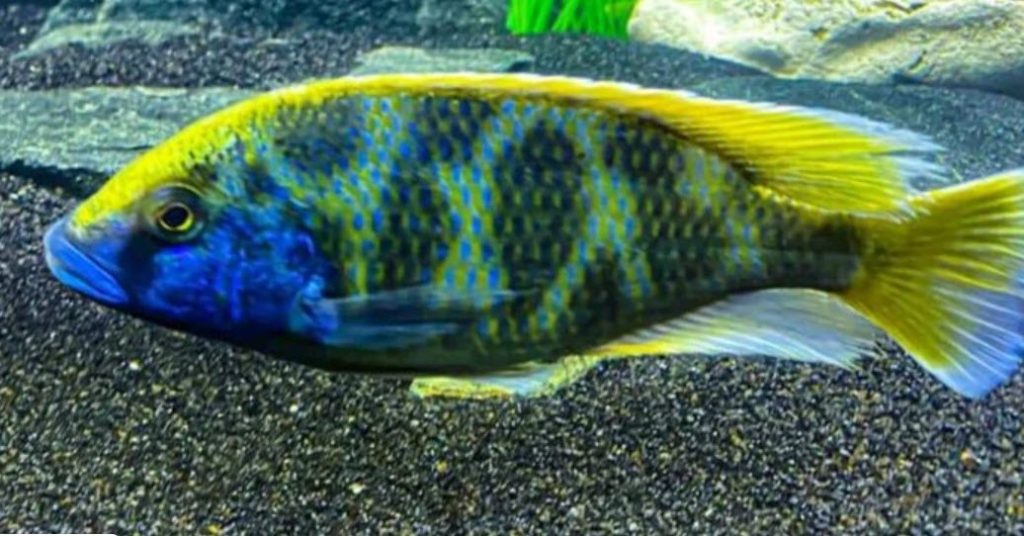
To Illustrate this step wise function with regards to flow in a VERY IDEALIZED manner, imagine a bottom to top hang on back filter filled with ceramic rings after one month of cycling on an aquarium with small two inch fish:
- At 1 GPH it can remove the ammonia from 1 fish
- At 2 GPH it can remove the ammonia from 1 fish
- At 5 GPH it can remove the ammonia from 1 fish.
- At 20 GPH it can remove the ammonia of 2 fish.
- At 45 GPH it can remove the ammonia of 3 fish.
- At 55 GPH it can remove the ammonia of 20 fish.
- At 100 GPH it can remove the ammonia from 21 fish,
- 150 GPH it can remove the ammonia from 22 fish,
- 200 GPH it can remove the ammonia from 23 fish.
1 – 1 – 1 – 2 – 3 – 20- 21 – 22 – 23. See the stepwise effect of flow and the jump from 3 to 20? This is where turbulent flow begins. Virtually all filters and most filter media will have turbulent flow. So the overriding variable becomes the surface area. Again, this is ONLY a very idealized concept. There is only the gravel substrate testing to support the concept.
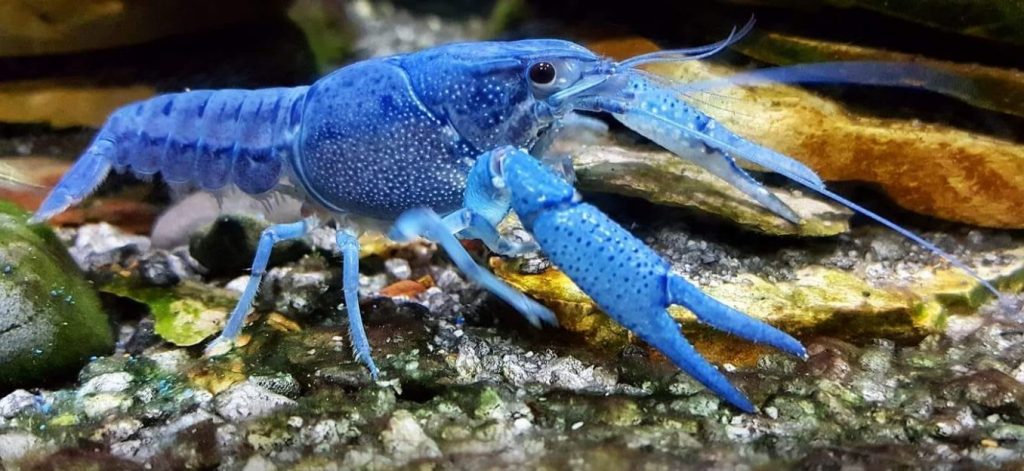
Flow is Not Directly Important for Fish Health
Then for the false idea that flow is important for the health of the fish in some direct way. This idea that flow improves a fish’s health is not based on any science. The flow in any aquarium with any filter is more than enough to give homogeneous water throughout the aquarium. An aquarium is far too small to have any stratification in its water and even a small flow would interrupt any stratification that might occur.
And what if the temperature of the water is a few degrees different? In nature, at 2 PM on a sunny day, when the water at the surface of a lake is 9 pH and 85 degrees, the water five feet down can be 7 pH and 75 degrees (Wurts and Durborow, University of Kentucky, 1992, and Masser, Texas A&M University, 2012). Yet fish swim up and down through these natural thermoclines rapidly and constantly with no ill effect.
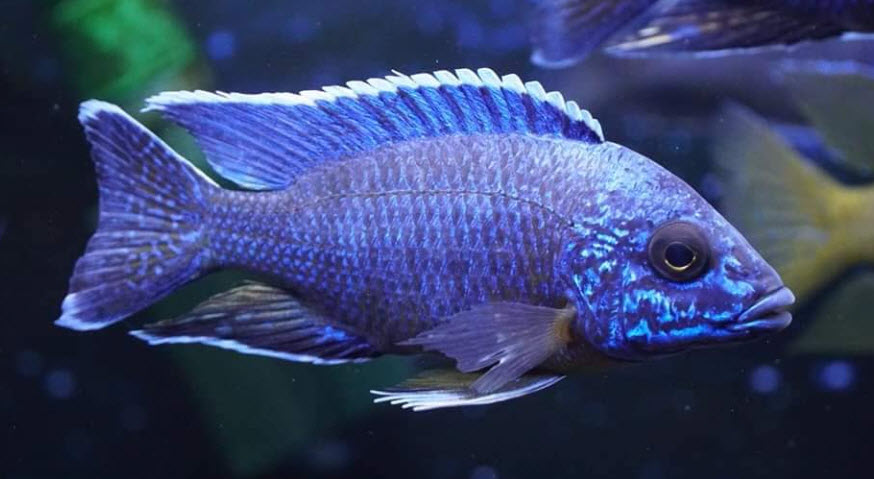
Increased flow out a nozzle of a filter CAN significantly increase aeration IF it is aimed at the surface in such a way as to create choppy waves. So flow in this very limited case is INDIRECTLY linked to improved fish health. The flow must “break the surface tension” or “create choppy waves” in order to improve the fish’s health by increased aeration.
There is another exception here. If the flow across the substrate is very low a brown bulky “fog” of mulm can form above the substrate. This mulm is very detrimental to bottom fish like loaches and corydoras. It causes epistylis on loaches and bacterial barbel disintegration on corydoras. All my aquariums over 29 gallons have wavemakers aimed at the substrate to prevent mulm formation.
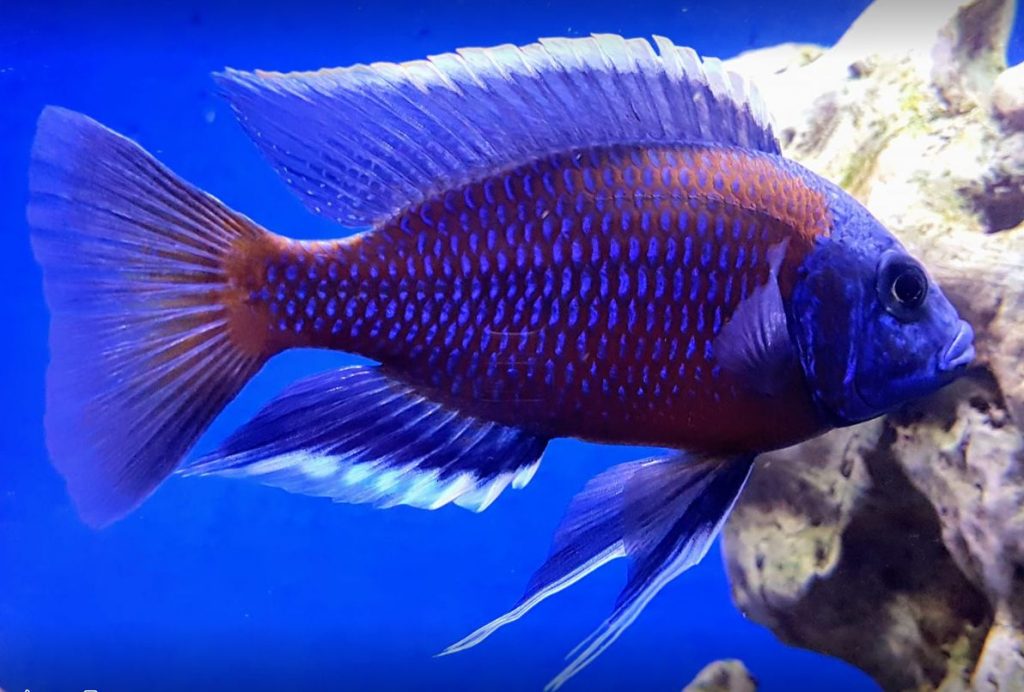
Low Flows are NOT Necessarily Bad for Filtration
There is another factor beyond flow at work in aquarium filtration. This is the time that a filter media has been in place. Filter media which is three or four months old with a lot of brown gunk on it is a far better filter media than one month old media with only a clear slime on it, assuming the media hasn’t been cleaned of its brown gunk.
This brown gunk does not need high flow rates going though it in order to have turbulent flow. I have had several old heavily stocked aquariums with just an air lift undergravel filter or just a air lift sponge filter where the flow has almost ground to a halt. The surprising point is that there was no sign of bad filtration. The water was crystal clear and the ammonia and nitrite were not spiking. So the threshold for turbulent flow is quite low.
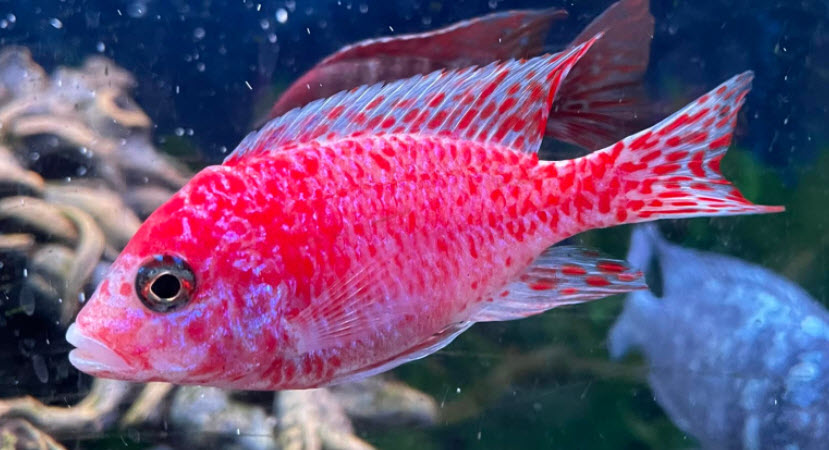
Flow and Brown Gunk in the Filter.
It is POSSIBLE (but highly improbable) to have too much flow through a filter media. If the water flow rate through a media is very high, then no brown gunk can form. This can sharply curtail the ability of the filter media to work well and give crystal clear water.
I’ve only seen this on a ten gallon sump with a 450 GPH pump in it. The sump refused to give crystal clear water even after many months of running. The foam in the sump had very little gunk in it. The flow though the foam was just too great. But this is a very unusual case. The flow rate has to be very high for this to be a factor.
So you have something like – VERY VERY low flows are lamellar and won’t work – VERY VERY high flows will remove the brown gunk and won’t work – and the 99% of the flow rates in between these two extremes is very insensitive vis-à-vis filtration versus flow.
.
Return to Filtration Menu
.
Aquarium Science Website
The chapters shown below or on the right side in maroon lead to close to 400 articles on all aspects of keeping a freshwater aquarium. These articles have NO links to profit making sites and are thus unbiased in their recommendations, unlike all the for-profit sites you will find with Google. Bookmark and browse!
.

Dave says
In reply to anonymous ….. Yes, many Europeans have crystal clear tanks with turn-overs of only 1.5.
Anonymous says
you replied that 1.5 is acceptable, but is it enough turn over rate to make a crystal clear water?
Dave says
In reply to Daniel ….1.5 is perfectly acceptable. The whole thing is a “tempest in a teapot” with the flow rate being immaterial as long as it isn’t below one turnover per hour.
Daniel says
I have set up my new 75g with an undergravel filter, 5 gallon static K1filled cannister, and 300 inch3 fluidized sand filter, all connected in series. It was an interesting project to see if I could make something which provided a large amount of surface area for filtration like a sump, but was (a) silent (I am super irritated by noise) and (b) didn’t require drilling the tank or installing a sump overflow (which I don’t trust). Using the data elsewhere on this site, I reckon that adds up to about 640 sq ft of effective filtration area.
Trouble is, with all these filtration surfaces in line, the resistance to flow is quite high. Although my pump is capable of 800 gph, I am only getting about 105 (so about 1.5 exchanges/hour). I anticipated this of course, but I am still surprised it is quite so low. I note you mentioned that European aquarists would see this as fairly normal, but what do you think?
Do you reckon this balance of flow vs surface area is reasonable? What is the optimal payoff between increased flow and less media for flow to pass across? Or would swapping the pump out for something more powerful be a good idea?
I make plenty of turbulent surface waves with the outflow so am not too worried about oxygenation.
Dave says
In reply to Steve …. Your flow rate is high enough. You just have a HUGE amount of filtration. It may take years to build up any noticeable brown gunk with your setup.
Steve says
I have a new 280 gallon planted tank, with a 125g aquarium as a sump. I went with 4 cubic feet of static k1 as a filter media. The flow rate through the sump is 900g/h. 5 weeks into cycling, there is no visible biofloc buildup on the media. I’ve been adding a substantial amount of fish food every day. I’m concerned that the flow rate is too low given the large area. It comes to about 3g/h per square inch of media surface (cross section perpendicular to the flow). Is this too slow for static k1 to be effective?